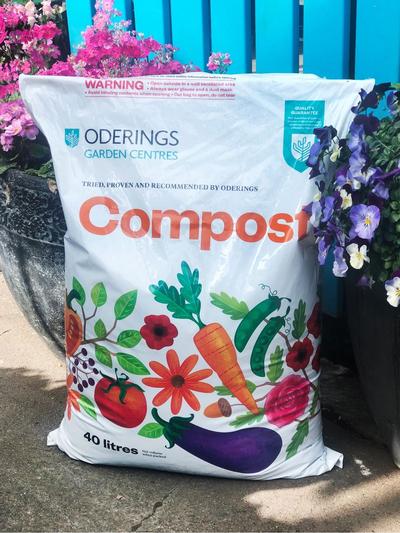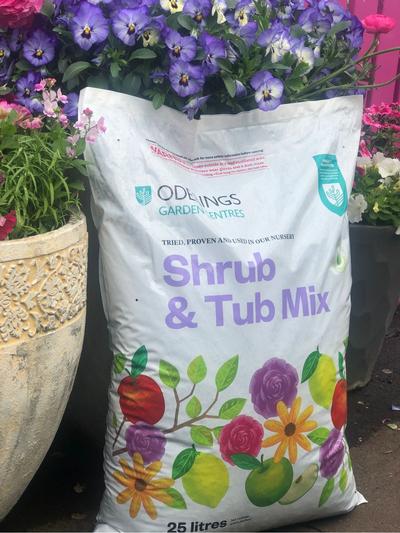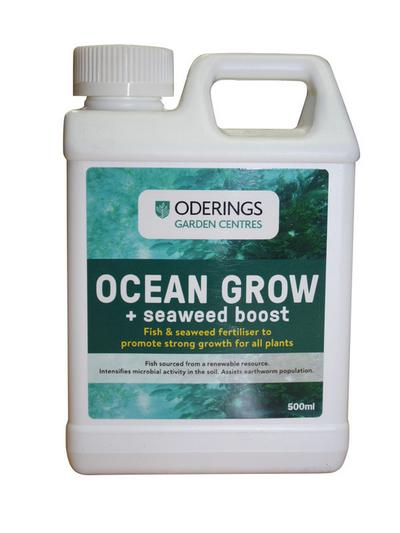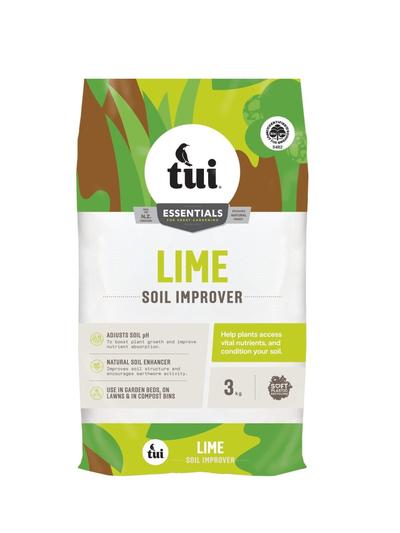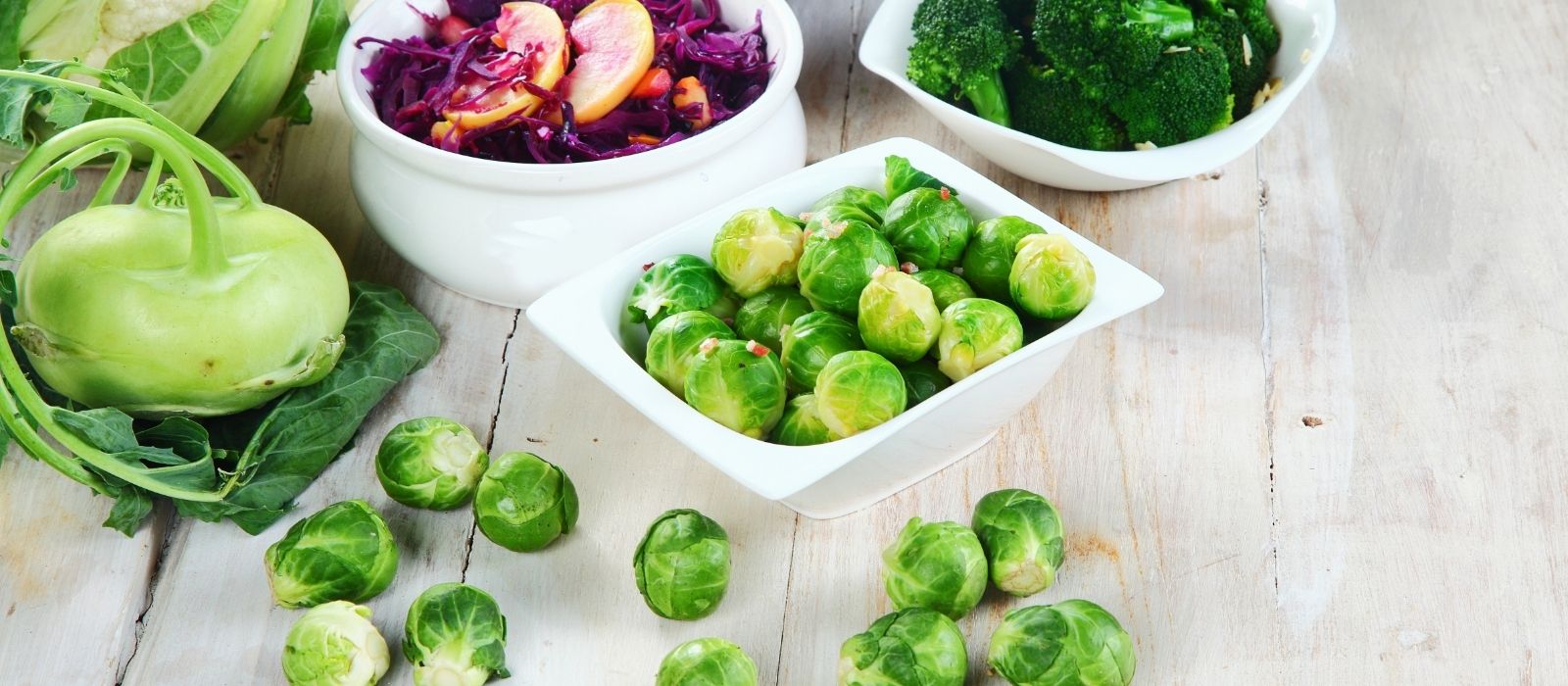
Brassicas, including broccoli, cauliflower, cabbage, and more, are nutrient-packed vegetables that add great flavour to your meals. Growing your brassicas not only saves money but also guarantees fresh produce. Whether you're an experienced gardener or a beginner, here's a guide to growing healthy, vibrant brassicas.
When to Plant Brassicas
Brassicas are cool-season crops that thrive in temperatures between 13°C and 24°C. The best time to plant them depends on your location, but they can generally be planted from early spring to late autumn.
Choosing the Right Location
Soil: Brassicas prefer well-draining, fertile soil. Prepare your garden bed with compost or rich organic matter to ensure your plants have plenty of nutrients.
Sunlight: While brassicas prefer full sunlight, some varieties, such as pak choi, can tolerate partial shade, making them ideal for smaller or more shaded garden spaces.
Starting Seeds
Indoor Start: For varieties like broccoli and cabbage, you can start seeds indoors 4–6 weeks before your last expected frost. Transplant seedlings once they’ve developed a few true leaves.
Direct Sow: If planting directly in the garden, sow seeds 7-10mm deep and space them according to the recommended spacing for each type of brassica.
Planting Brassicas
Spacing: Most brassicas, such as broccoli, cauliflower, and cabbage, should be spaced 50cm apart, with rows about 60cm apart.
Planting Process:
- Water seedlings thoroughly before planting and let excess water drain.
- Dig a hole about twice the size of the root ball.
- Add compost or Odering's Shrub & Tub to the hole and position the plant.
- Fill the hole with soil and press gently around the base, watering immediately after planting.
Watering and Fertilising
Watering: Brassicas need consistent moisture, but be careful not to overwater. Water at the base of the plant to avoid wetting the leaves, which can encourage disease.
Fertilise: Brassicas are heavy feeders, so regular feeding is crucial. Use a seaweed tonic to promote healthy root and plant growth. Adding Tui Garden Lime during planting helps prevent club root and encourages robust crop growth. If planting in winter, add Dried Blood to support slower-growing plants, ensuring it's well dug into the soil to prevent pets from disturbing it.
Mulching
Mulch protects the roots from the cold and helps maintain healthy plant growth. Apply mulch, such as pea straw, around the base of your brassicas to:
- Retain moisture
- Suppress weeds
- Regulate soil temperature
Harvesting Brassicas
Harvest your crops when they reach the desired size and pick them promptly to avoid overripening or flower formation. The time for harvest varies by brassica type:
Broccoli and Cauliflower: Harvest when the heads are firm and fully formed before they open and go to seed.
Cabbage and Brussels Sprouts: Harvest once the heads or sprouts are firm and compact.
Tips for Growing Healthy Brassicas
Crop Rotation: Avoid planting brassicas in the same spot year after year to reduce the risk of soil-borne diseases.
Spacing: Ensure adequate spacing between plants to promote good airflow and reduce disease risk.
Slug and Snail Control: Incorporate slug and snail bait when planting to protect young seedlings from damage.
Following these simple steps, you can enjoy home-grown brassicas all season long, packed full of flavour and nutrients for your table.


